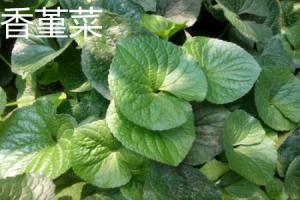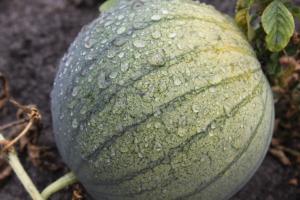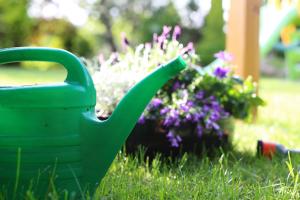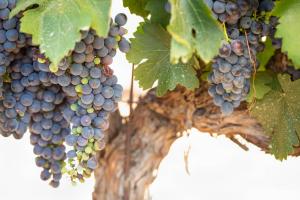1. Branch picking
Before picking branches, select appropriate plants, and the varieties should be cold resistant. It is easier to find in cold places in the north. If the variety is not cold resistant and can't pass the freezing level, no matter how good the operation is, it can't bloom. When picking branches, do not destroy the main branches of the mother plant, but only the branchlets and buds separated from the side. Otherwise, there are too many branches separated, and the repair ability of the mother plant can not keep up, which will affect its growth, and the gain is not worth the loss. The cut twigs should have flower buds, because without roots, the twigs can't grow flowers and bones by themselves

2. Frozen branch
If the picked branches are frozen in the snow for a day, the dry branches in the low-temperature environment will stop growing and can be preserved

3. Blister
The treated branches can still bloom. When you want them to bloom, take them out and insert them into a bottle full of water. It's OK to put it at room temperature around 20 degrees. It should be noted that almost all the nutrition of the branches comes from the water. Change the water once every three days or so

4. Nutrients
You can also add some nutrient solution on important occasions, because the nutrition in clear water is limited after all, and the tap water at home also has sulfide and other substances, which need the full protection of nutrient solution, and the flower meeting will bloom better
5. Blossom
About ten days later, the flowers and bones on the dead branches inserted in the vase will bloom into bright flowers. But this kind of flower can only bloom once. After the flower withers, the dead branches have no ornamental value. Find a good-looking bottle with dry branches and bright flowers. It shines with a vase full of quiet breath. It has a different taste

 how many times do yo...
how many times do yo... how many planted tre...
how many planted tre... how many pine trees ...
how many pine trees ... how many pecan trees...
how many pecan trees... how many plants comp...
how many plants comp... how many plants can ...
how many plants can ... how many plants and ...
how many plants and ... how many pepper plan...
how many pepper plan...






























